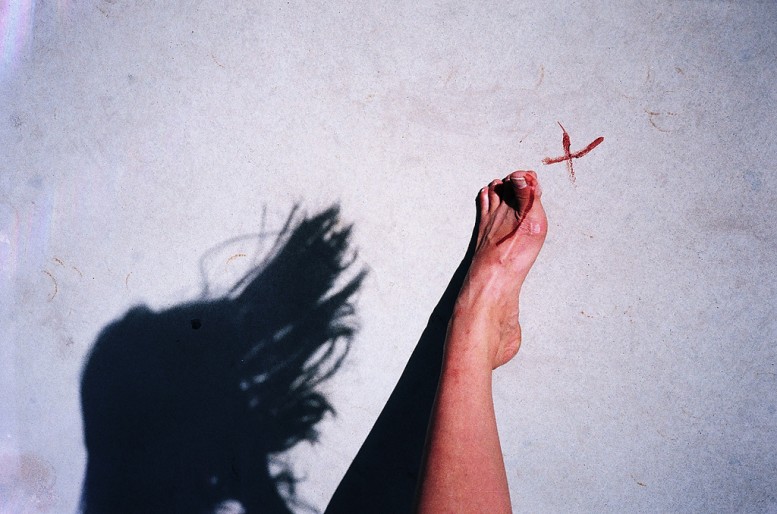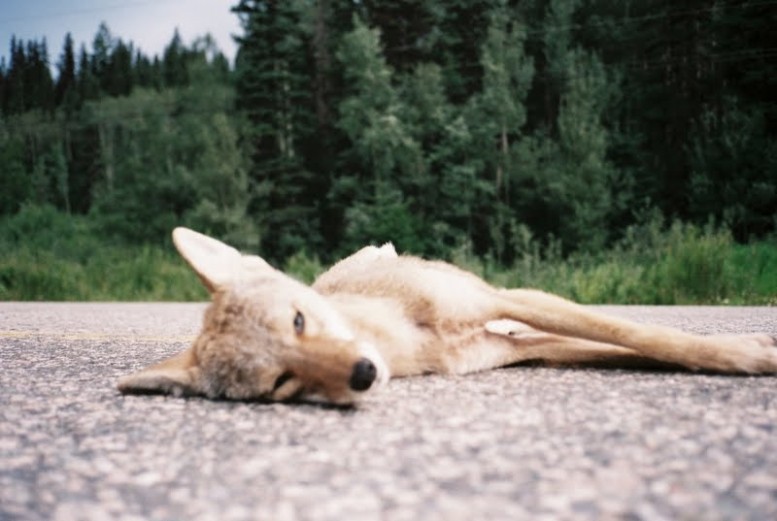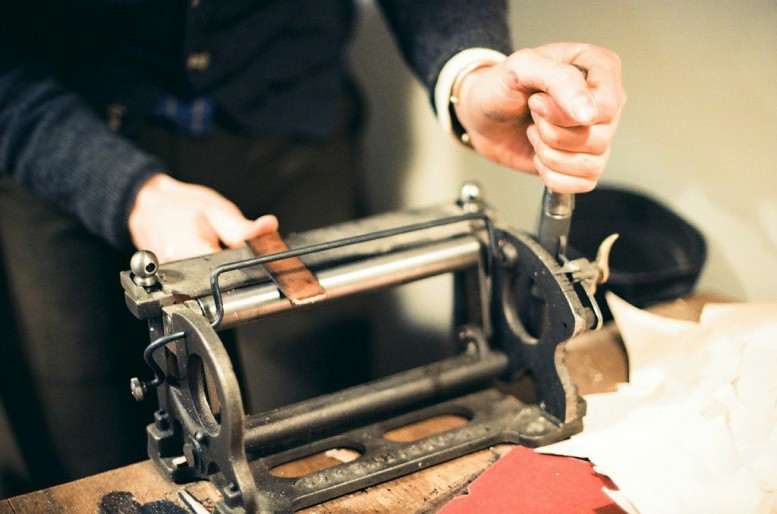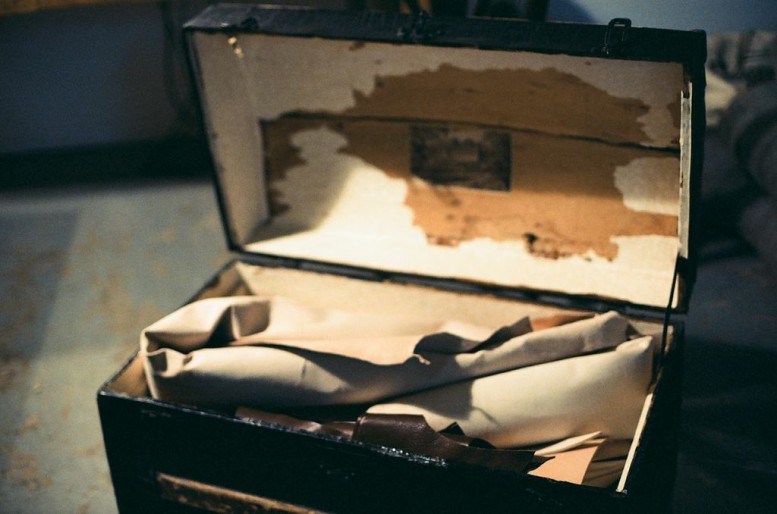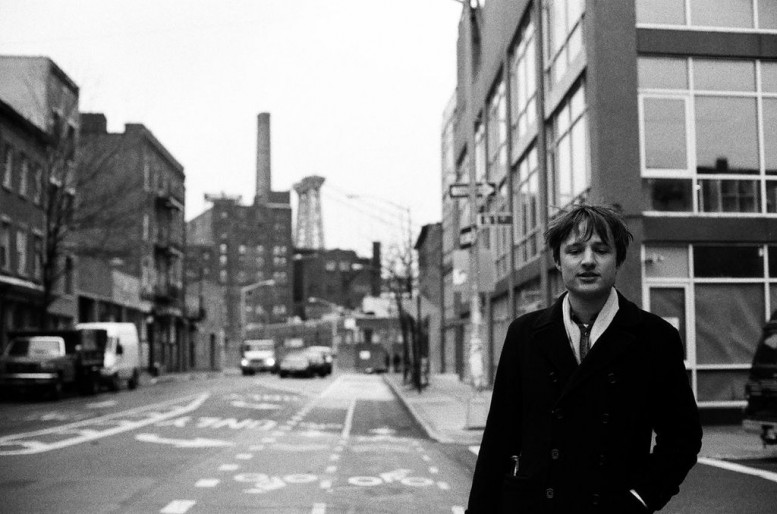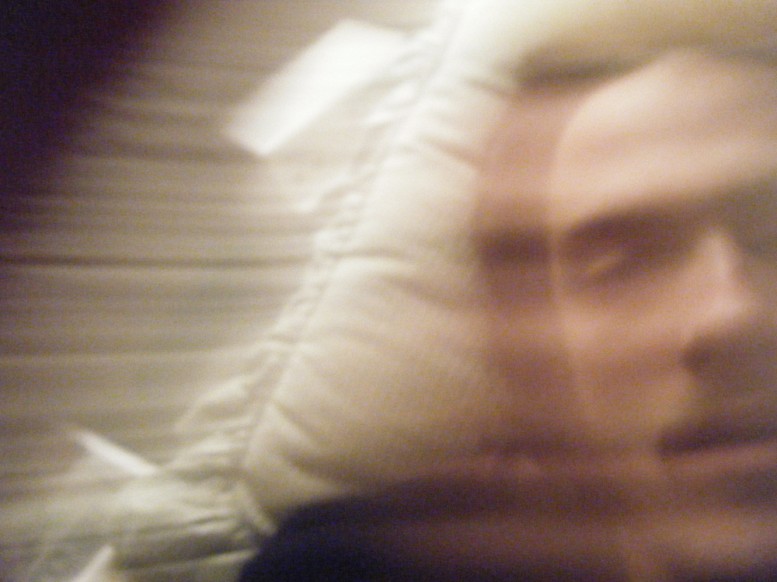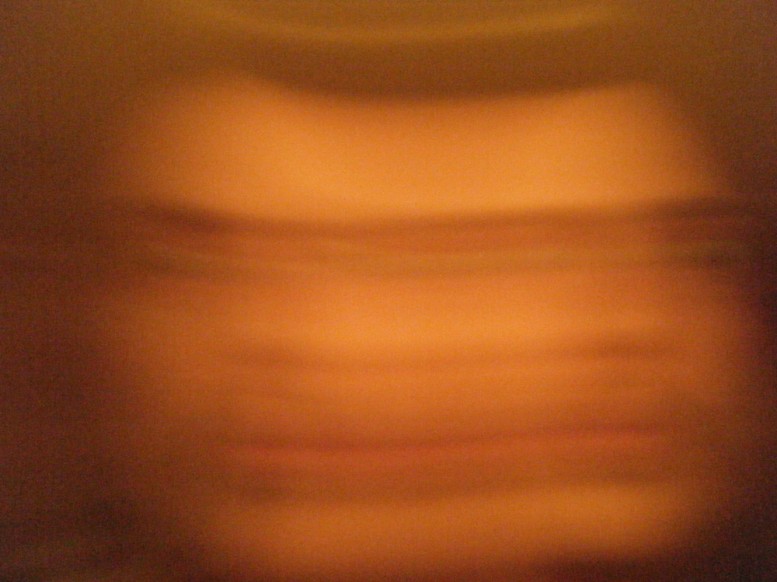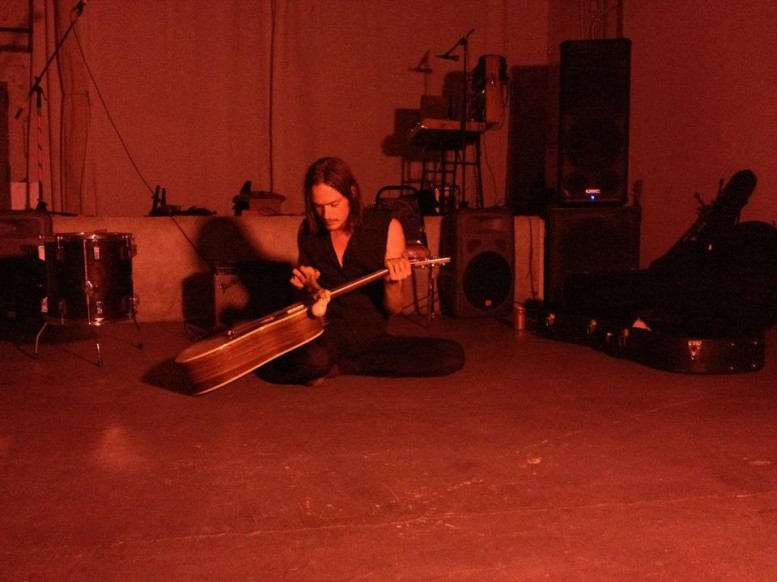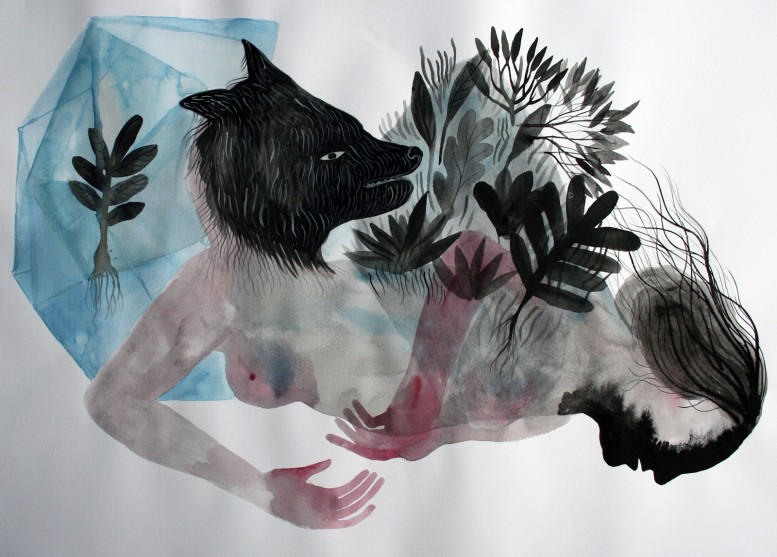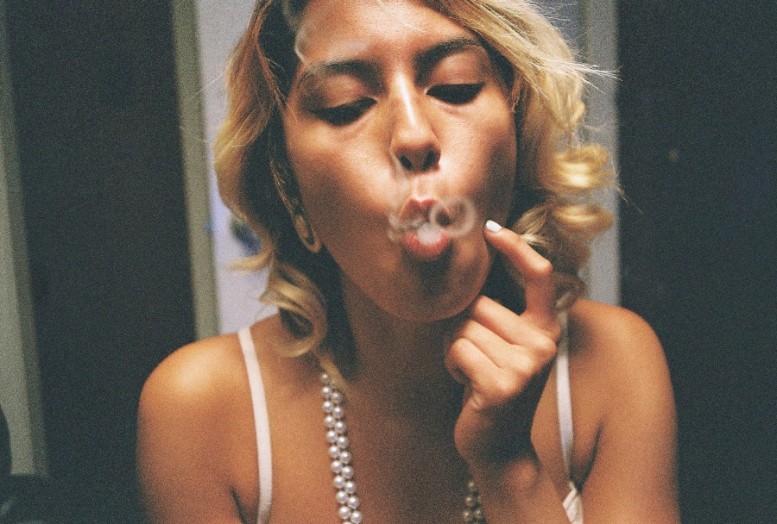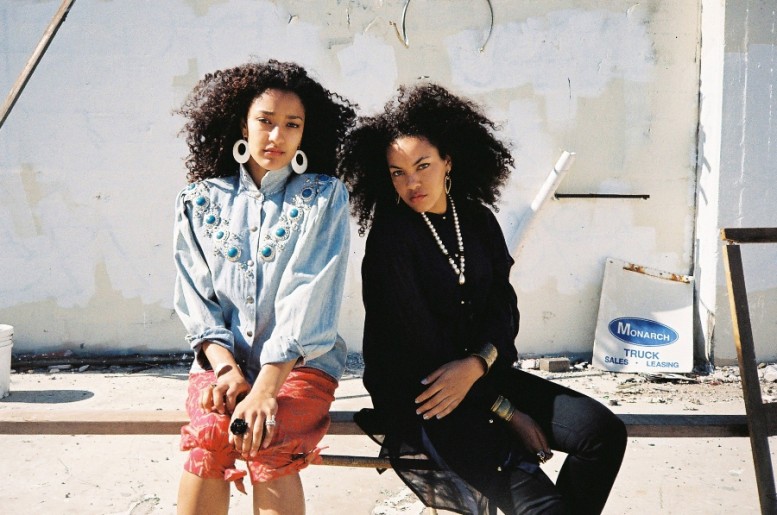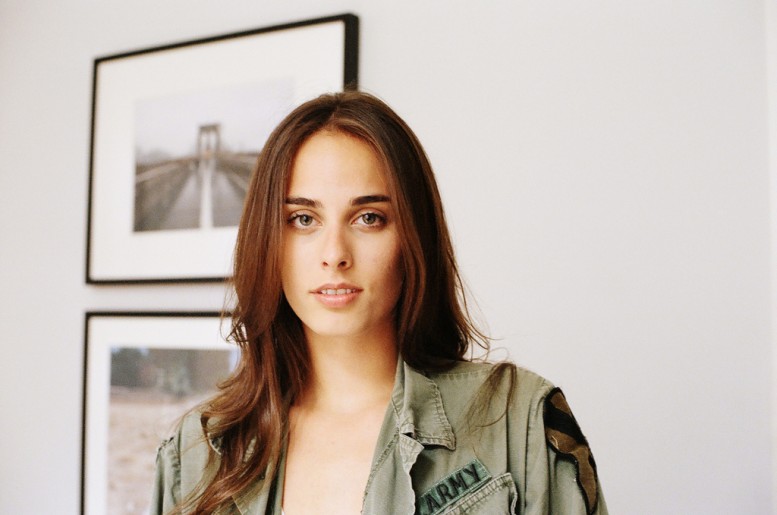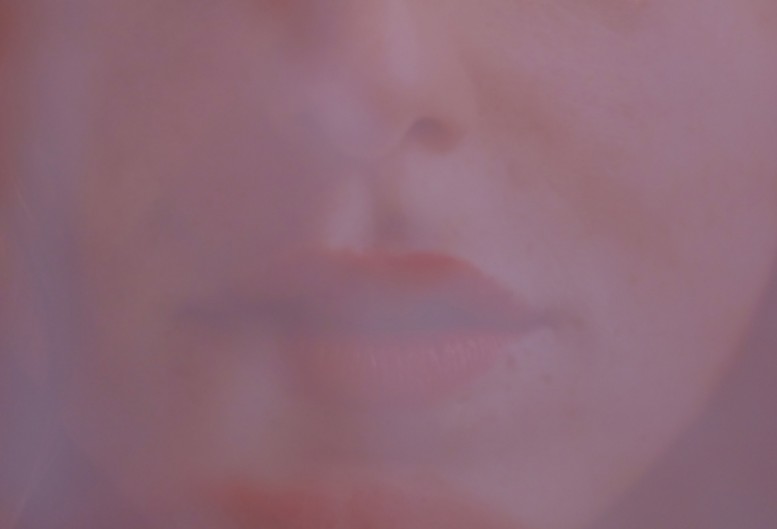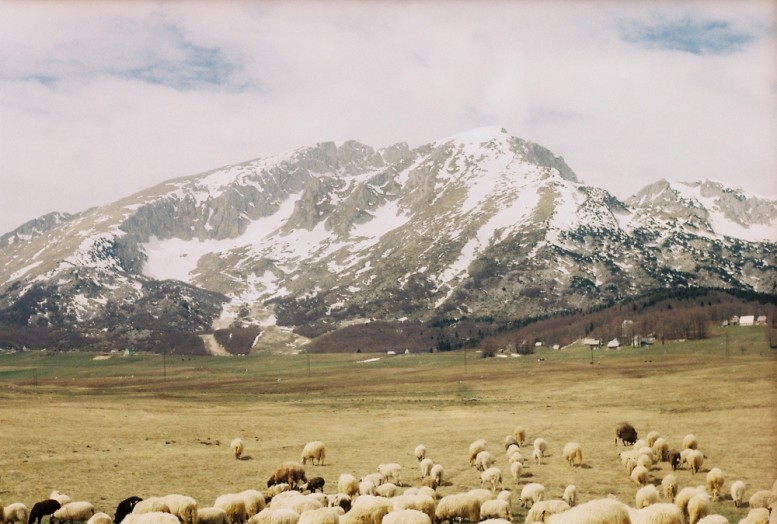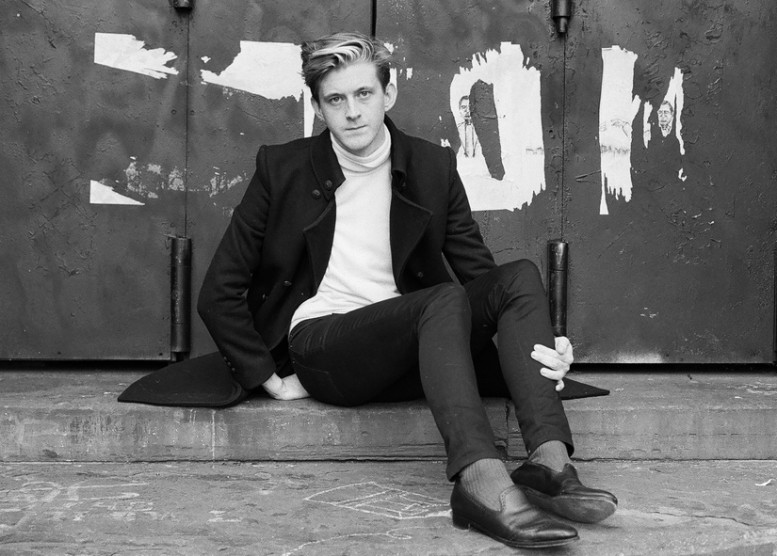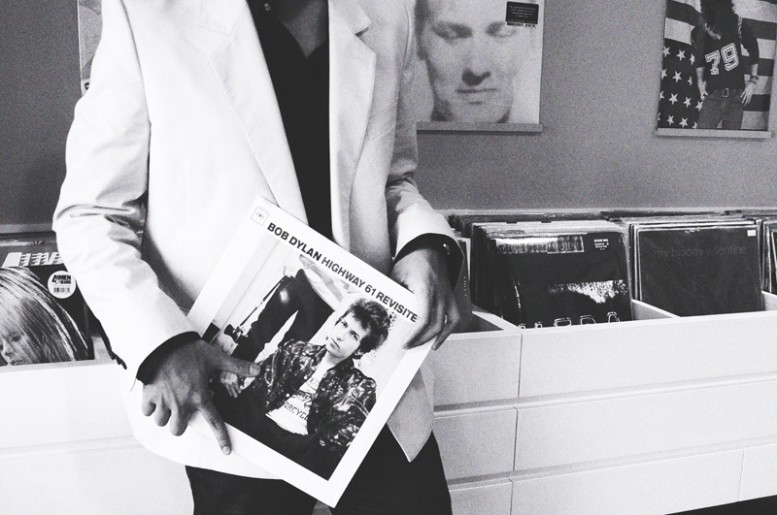GRAHAM: So you grew up in New York?
GREEN: I grew up in Mount Kisco, which is a small town about an hour away, in Westchester. It was nice. My parents lived in the city and they moved to Westchester to raise kids, which I think is really noble. I think it’s really good to grow up around trees, parks, fields, fresh air… I think that’s nice. I just got in an argument with this lady who was like “It’s perfectly great to raise kids in Manhattan.” I was like, “Yeah, you’re saying that ‘cause you have some nanny or something…” I think my parents made the right decision, they were pretty selfless in doing that. I think my parents were pretty good. I’ve got a high opinion of them.
GRAHAM: When did you move to Manhattan?
GREEN: Well, my parents moved back when my brother and I grew up. When I was about seventeen, they moved back here, and I just kind of started wandering around. I became a folk singer.
GRAHAM: Did you ever play in the subway?
GREEN: Definitely. I played in the subway, on the N R train, on the 8th Street stop, quite often. Sometimes by myself and sometimes with Turner Cody, who’s a really great singer. We would alternate. I also played on the street. I guess for a time I almost became one of the kids that’s just sort of like at Astor Place near the cube. For a little while I was kind of a cube kid. But then I also found my way to the Sidewalk Café, which is a folk club, and I started performing there. I think I was a decent subway singer, and I played mostly original material… I think that was cool. I don’t know why, when I get on the train, I don’t see as many people doing it. Maybe they’ve cracked down or something. I definitely think I wrote some pretty barbed lyrics to get the attention of people walking by. It was cool, because I met the local peers of mine in the subway… they were my first friends.
GRAHAM: Is that when you realized you wanted to make music a career?
GREEN: I really, really didn’t want to work at McDonald’s or something, and I didn’t have any training to do anything but fine arts, so I knew I had to do music or something like that… and I guess I got cracking really young, I was just everywhere. I was always on the street, and I always had a bunch of CDs and flyers, I was just on a mission. Maybe also because I think my parents didn’t really want me to be a singer, so that helped to motivate me. I feel like for years, my dad really couldn’t look me in the eye because he thought I was delusional.
GRAHAM: Doesn’t it feel good now to prove him wrong?
GREEN: Sometimes, and then sometimes I feel like they were right. [laughs]
GRAHAM: How did your first album come about?
GREEN: Well, I recorded a set of songs around the same time as The Moldy Peaches album came out. The Moldy Peaches is a collection of different home recordings that are mashed up together. I think the main difference between my first album and The Moldy Peaches is that it’s just songs that Kimya [Dawson] didn’t sing on. I think I’d probably offered or showed
GRAHAM: How did you and Kimya Dawson meet?
GREEN: She’s from Mount Kisco… from a neighboring town, Bedford Hills. She worked at the record store, and I worked at the pizzeria, so I would come to her on lunch break and I’d bring my guitar. I met her at a poetry reading at the art center in Mount Kisco. She’s a lot older than me, and I think at the time everyone thought we were really an odd couple. She was like 21 and I was like 14… She’d come over to my house, and my parents would think, like, “Who’s your older friend…?” But that seems to be in keeping with me. I’ve always been friends with whoever I thought to be friends with, and I never really cared if people thought they were the “right” friends that I should have.
GRAHAM: Can you tell me about your collaboration with Binki Shapiro? Your album’s going to be released next month, right?
GREEN: It was my idea to make a duets album with her, just because I thought she was really talented, and I really liked listening to her sing. I thought it’d be fun to try to write with her, and work with her, and we’d known each other as friends for a bunch of years. I’d toured with Little Joy in Brazil; I was a supporting act. Little Joy is really popular in Brazil. I think [Binki and I] had kind of bonded on that tour, and then a couple of years later the idea popped into my head… it wasn’t like there were a bunch of other people I wanted to work with, she was really my first choice. So I just went with it. I think I also wanted to write with somebody because I’d just done something like six or seven solo albums that followed The Moldy Peaches. That’s like a decade of having no one ever give their opinion about anything I did artistically. So it was pretty fun to work with her creatively, because I hadn’t let anyone in for a long time.
GRAHAM: I read about it being a breakup album of sorts… can you elaborate?
GREEN: I definitely think it’s a nighttime album. I would encourage people to get the vinyl and listen to it like that. It’s far from a collection of pop singles, it’s much more of an album –album. It’s not very long, only about ten songs. I think in my head I can sort of piece together a narrative about a dysfunctional relationship inside of the track listing. The track listing was one thing that Binki and I really agreed on, so we must see some sort of picture of the album as a whole that we share. But I don’t know, we both were going through different kinds of weird relationship stuff during the writing of the album. I think when we both started writing, she just came over to my house… we drank a bottle of wine, we were writing a bit, we went out and got Chinese food… maybe it was our third writing session that we started to realize that we were in some really messed up relationships. We didn’t even really talk about it, but during the course of writing the record, we found that our relationships fell apart. So we were using each other as confidantes in the writing process, and it was great to be making these composite situations, sort of Frankenstein-ing together different things… also putting ourselves in the head space of each other, so that we could know or at least propose things for each other to sing, which was interesting, and I liked the result of it. We did a lot of articles and interviews on it, and really now we’re just waiting for it to come out. I just feel like… are the people that are reading the article ever going to hear the thing? So that’ll be cool, when it comes out. I feel like it’s a bit like Groundhog Day, it’s like every day of the year I wake up and think, “Oh, this album’s not out yet?” It’s been pushed back quite a bit. We recorded it without knowing what was going to happen, we just made it to make it. And then we both had to change management during the course of it, so it slowed everything down, which was kind of annoying. But I’m really proud of it, and excited for everyone to hear it. And honestly, people have been so kind about it. I think most of my things have a punk element to them that is distasteful to many… People brush off a lot of my stuff immediately, but people seem to be acting kinder about this album. Maybe they’re able to hear it because they think I’m not trying to be a punk about it. I guess my natural inclination’s always been to punish the world until they learn to love me for who I am.







